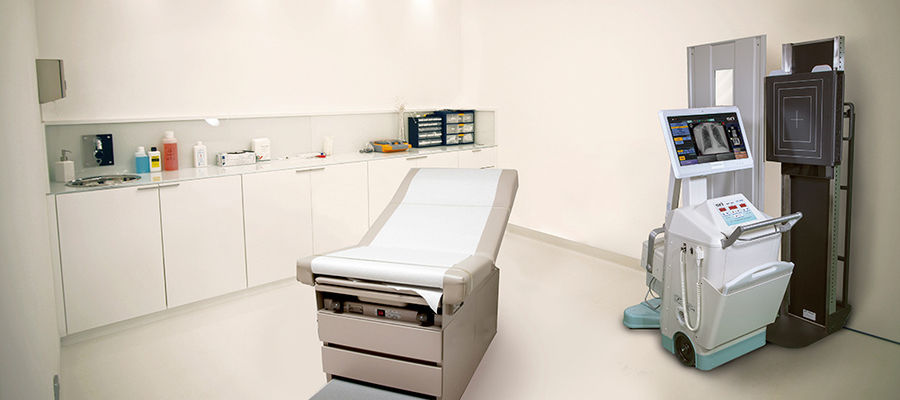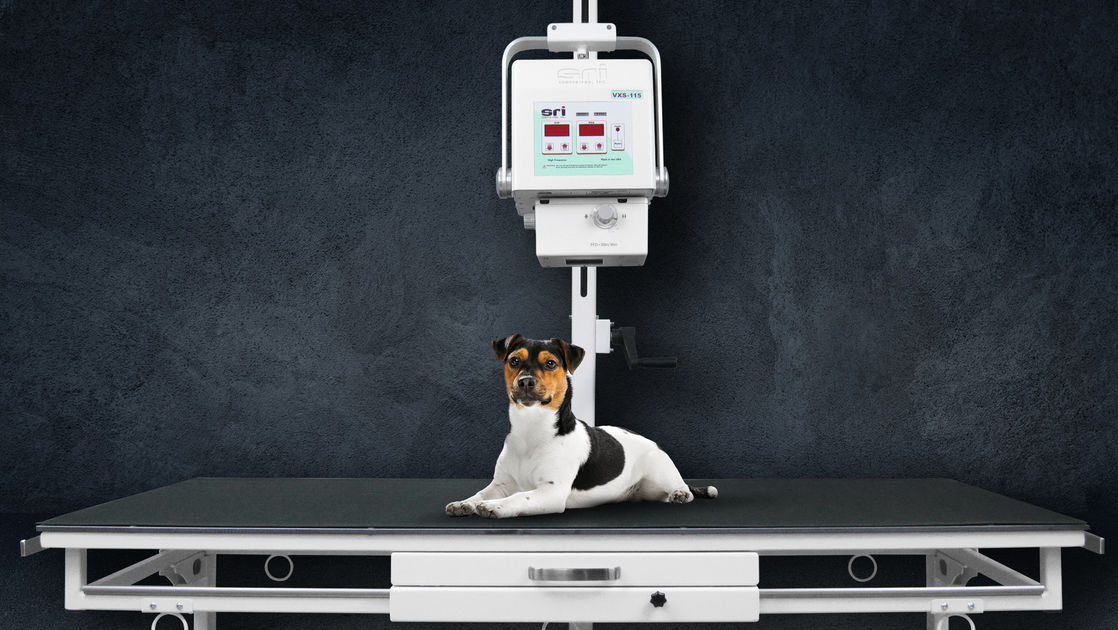3 Things to Consider When Starting an Urgent Care Practice

Looking to start an urgent care practice? Here are three key considerations to keep in mind when starting your own urgent care clinic.
According to Kalorama Information, the urgent care center (UCCs) market has reached 15 billion from about $11.8 billion in 2011. This represents growth of about 4.1% per year. The number of clinic locations has similarly risen strongly, standing at over 10,000 locations in 2017, making this a very attractive business opportunity for healthcare professionals and investors alike.
However, with the cost of opening, operating a facility and urgent care management expenses which are often fluctuating greatly depends on many variables.
These variables include location, demographics, local and state laws, cost of equipment and staff rates. It's imperative to approach this venture as you would every business venture.
As you probably know, the popularity of urgent care facilities is due to many reasons. According to the Urgent Care Association of America, the average cost of a visit to urgent care is $150 compared to an amount of $1,354 for a trip to the emergency department.
The average wait time in urgent care is 30 minutes or less in 90% of cases vs. an average of four hours for the ER.
With an increasing demand for healthcare to decrease unnecessary emergency room visits and cost per visit, urgent care plays a significant role in the health care system.
Here are some helpful tips to help you start your urgent care clinic successfully.
Take into account the start-up costs, and funding for your urgent care clinic. In every business, capital is needed. If you do not have readily available funds, you can take a business loan from your bank or consider looking for investors.
Choose your location carefully. Choosing a location where patients live, and work is particularly significant when selecting a site for an urgent care center. Examine the population in communities and research areas which do not currently have such medical facilities.
Select design and layout based on patient and staff needs. Many top practice design firms advise their clients to plan for 1,500 square feet per physician. This allows for three exam rooms per medical provider.
Allot an additional 800 square feet for a reception area and a lab. Look for designs that minimize clutter, maximize patient flow and decrease the distance staff and physicians must walk between examination rooms.
Consider medical equipment that does not occupy a lot of space. Radiology rooms can now be eliminated as there are now mobile X-ray machines with no dedicated X-ray room needed. These urgent care x-rays produce high-quality images and are designed to be utilized in the existing exam room.
Instead of having a dedicated radiology room, you will be able to utilize this room for other clinical needs.
Important points for consideration are patient comfort and convenience. You might want to include WIFI, television, coffee station and outlets for charging gadgets that can enhance patient experience while waiting for their provider.
Popular Posts
-
How Mobile X-Ray Systems Are Transforming Wildlife Rehabilitation
2 weeks ago -
Portable X-Ray Systems: Bringing Diagnostic Care to the Home
1 month ago -
Portable X-Ray Systems: Advancing Tuberculosis Detection in Correctional Medicine
1 month ago -
The Advantages of Portable X-Ray Systems in Sports Medicine
2 months ago -
How X-Ray Thickness Gauging Improves Accuracy and Safety
2 months ago
Source-Ray
REIMAGINING X-RAY
Your Trusted Partner in the Design & Manufacture of X-ray Generators and Medical Systems
Get in touch with our X-ray experts
We're here to help you with all your X-ray needs


